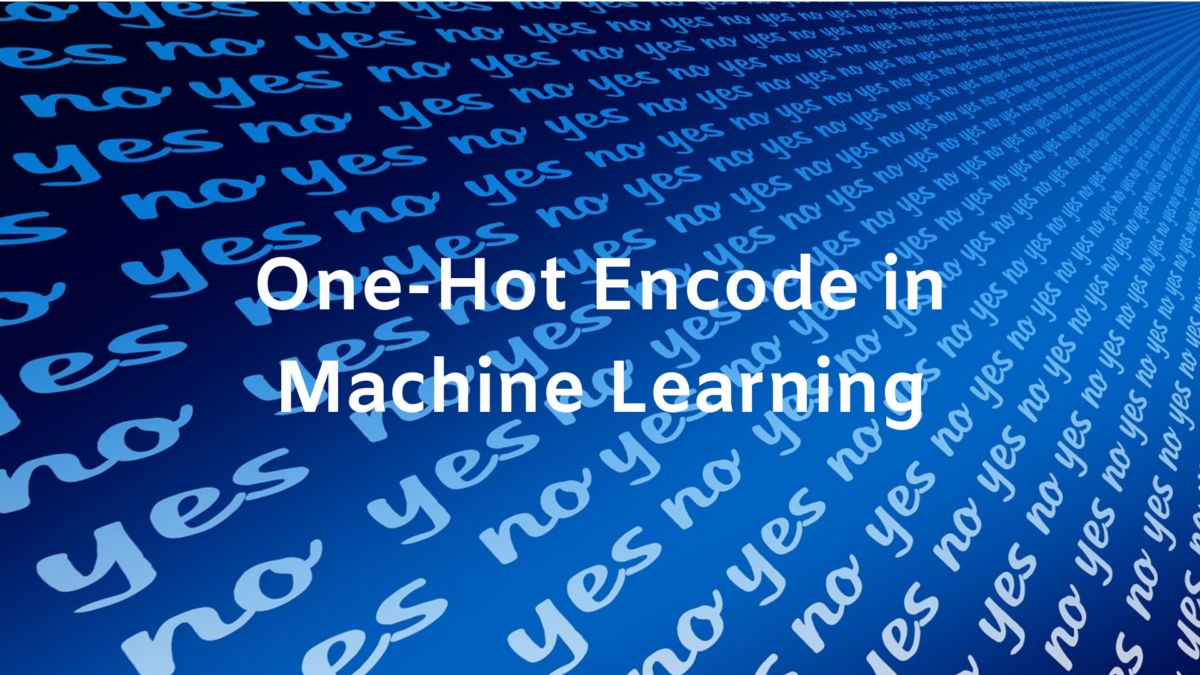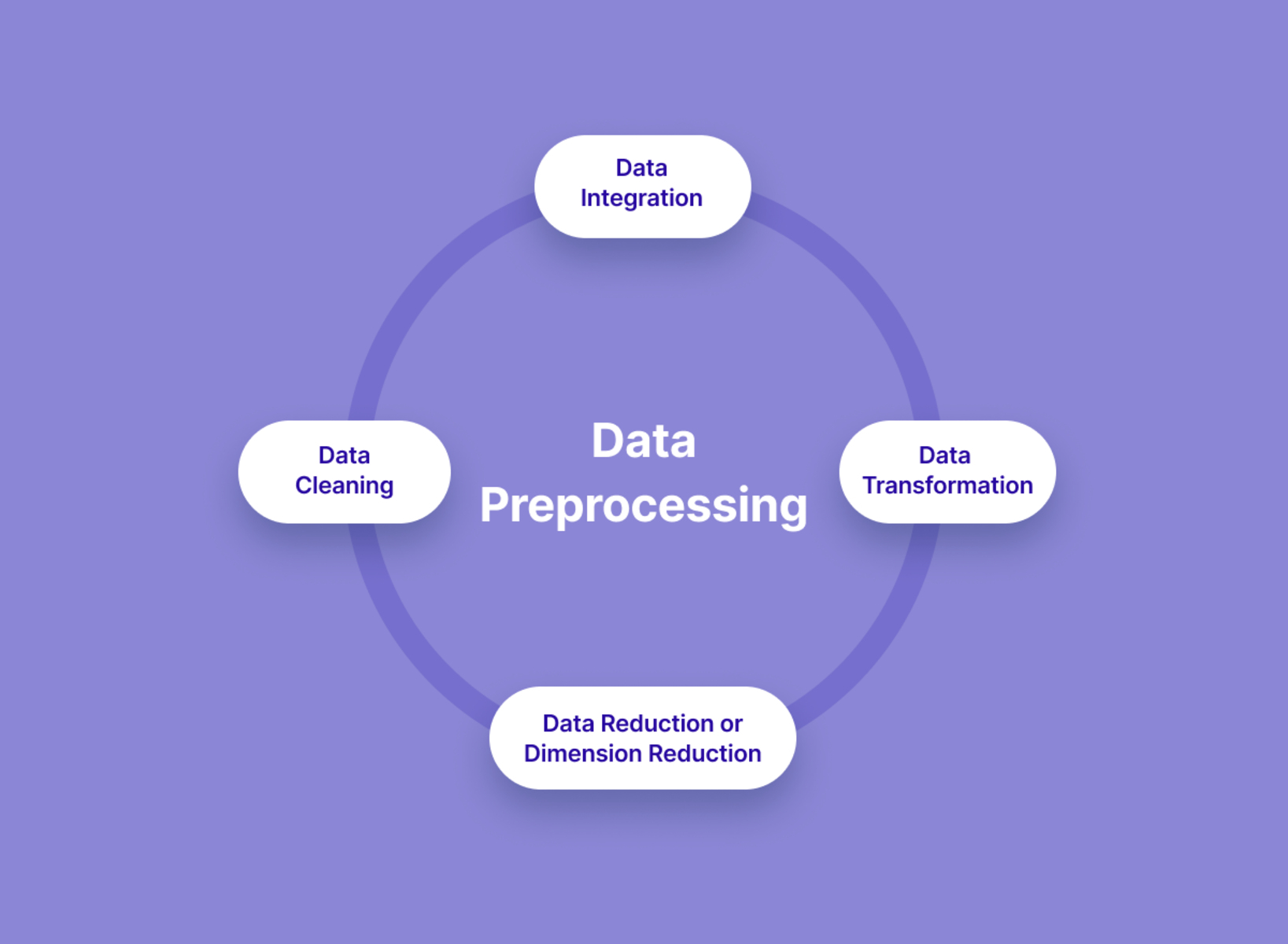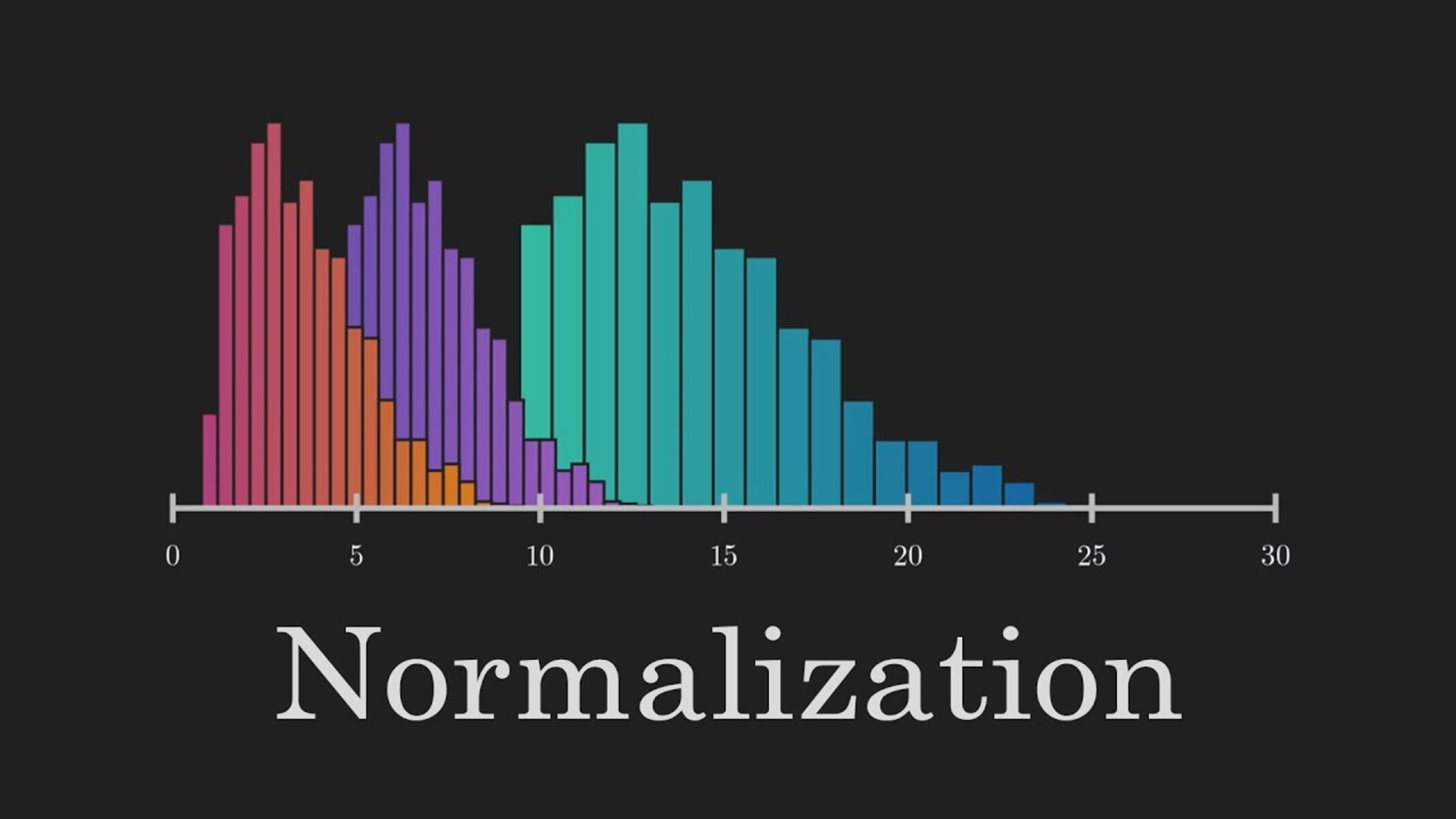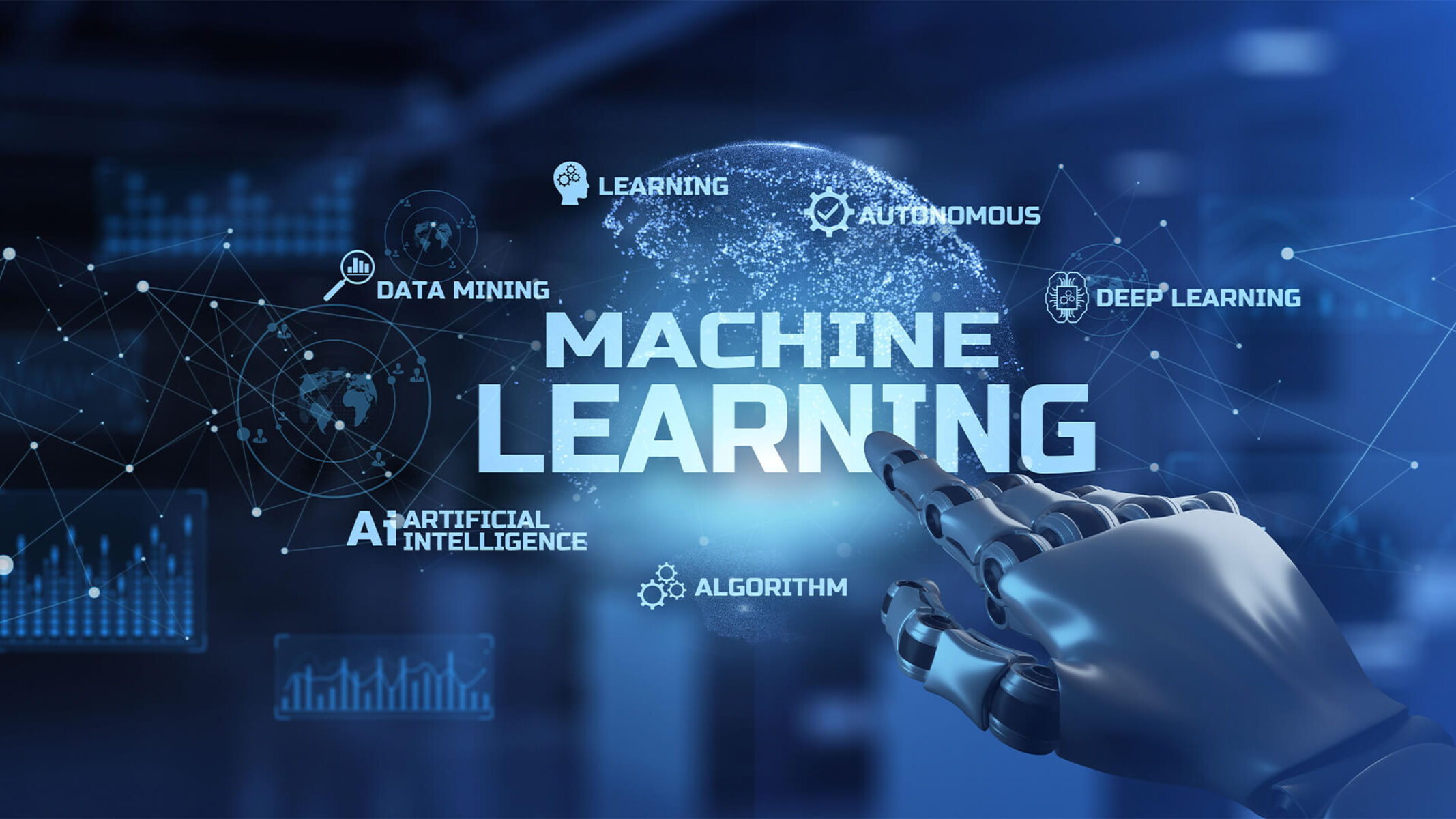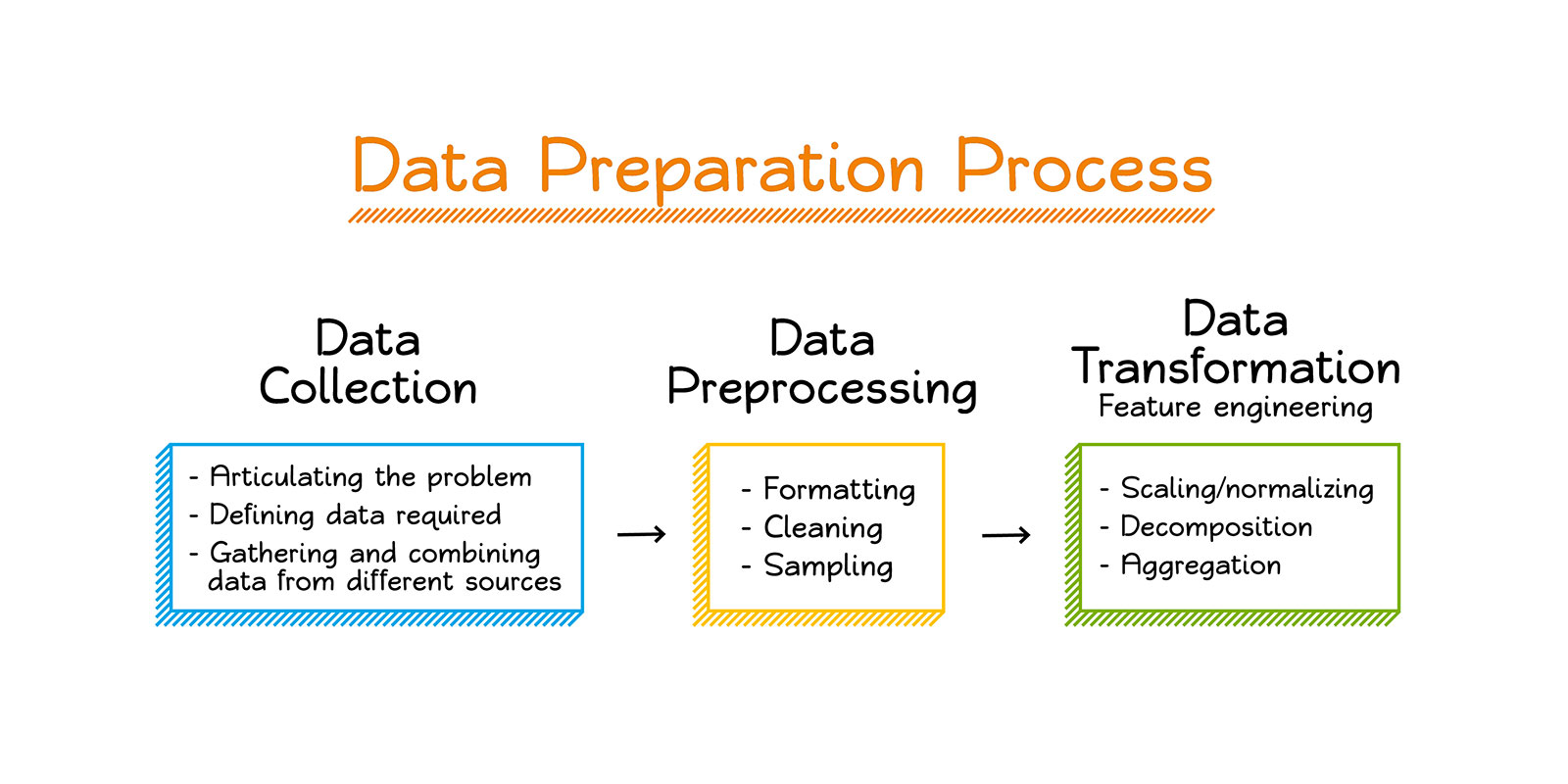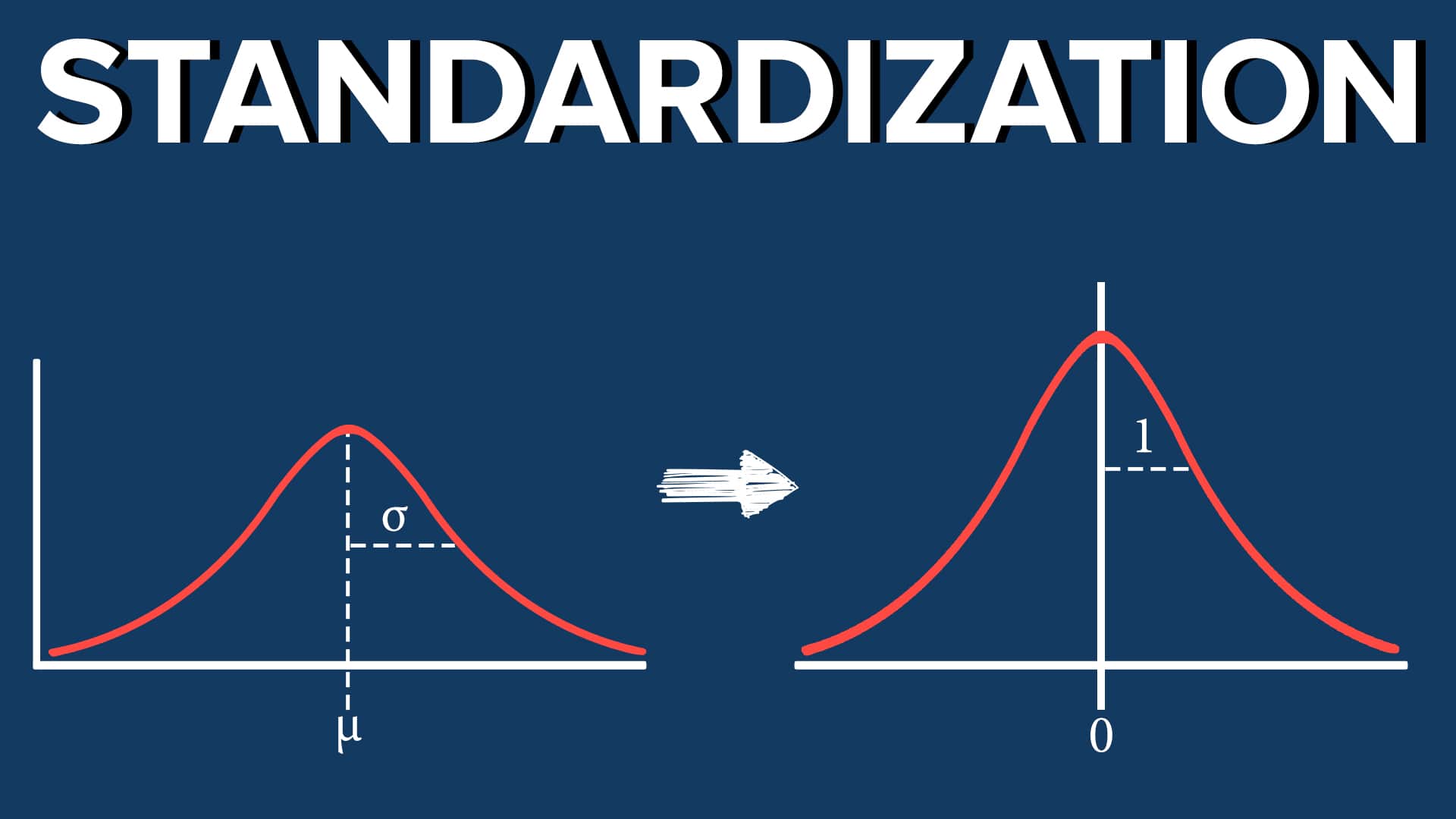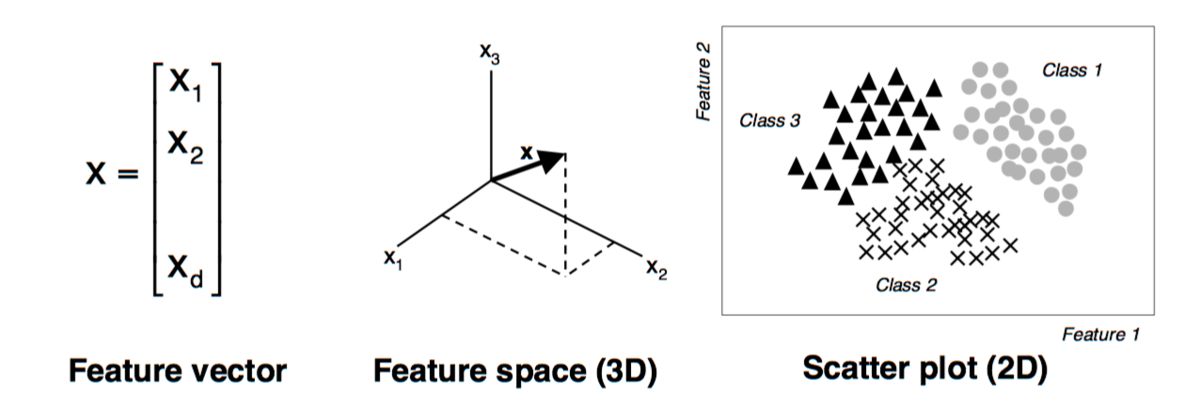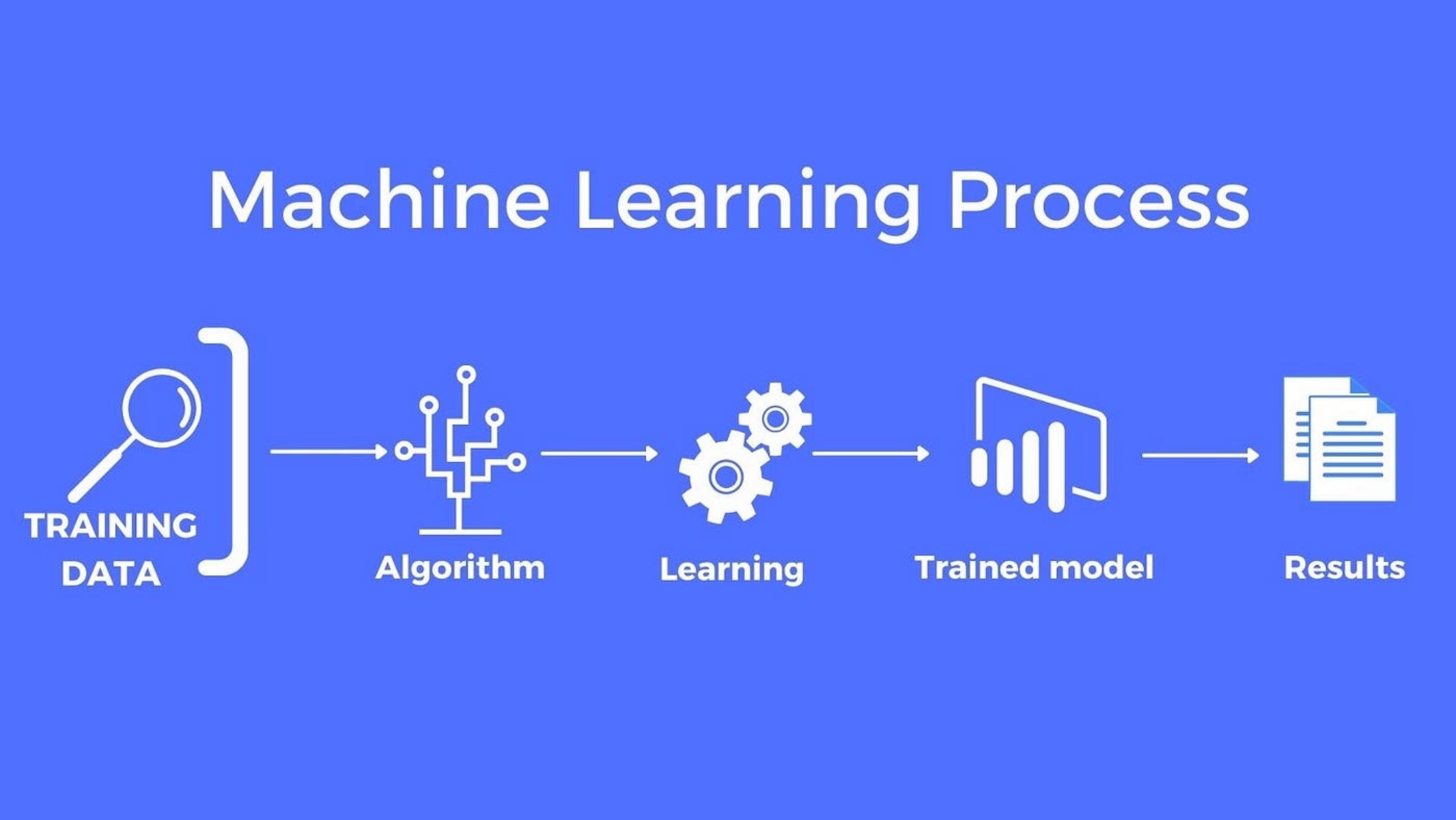Introduction
Machine learning has emerged as a powerful tool in various industries, providing insights and predictions based on vast amounts of data. One of the fundamental challenges in machine learning is how to represent categorical data, which is data that contains labels or categories instead of numerical values. This is where one-hot encoding comes into play. It is a popular technique used to transform categorical variables into a format that machine learning algorithms can understand and utilize effectively.
One-hot encoding is a process of encoding categorical variables into numerical representations, where each category or label is converted into a binary vector. It has become an integral part of machine learning pipelines, enabling accurate predictions and facilitating data analysis. But what exactly is one-hot encoding, and why is it used in machine learning?
In this article, we will explore the concept of one-hot encoding and its significance in machine learning. We will delve into the mechanics of how it works and provide an example to illustrate its application. Additionally, we will discuss the advantages it offers and the limitations to be mindful of when using this technique.
If you’re new to machine learning or want to enhance your understanding of data preprocessing techniques, this article will serve as a comprehensive guide to one-hot encoding and its role in transforming categorical data into a machine-friendly format. So, let’s dive in and learn more about the power of one-hot encoding in the exciting world of machine learning.
What is One-Hot Encoding?
One-hot encoding is a technique used to convert categorical variables into a numerical representation that can be processed by machine learning algorithms. Categorical variables represent data that falls into distinct categories or groups, such as colors, types of vehicles, or customer ratings.
The process involves creating new binary columns, where each column corresponds to a unique category in the original variable. If a data point belongs to a particular category, the corresponding binary column is set to 1, while all other columns are set to 0. This encoding scheme ensures that each category is mutually exclusive and independent of the others.
For example, let’s consider a dataset containing a categorical variable “color,” with possible categories being “red,” “blue,” and “green.” One-hot encoding this variable would result in three new binary columns: “red,” “blue,” and “green.” If a data point has a “red” color, the “red” column will be set to 1, and the “blue” and “green” columns will be set to 0.
One-hot encoding is crucial for machine learning algorithms because they typically operate on numerical values rather than categorical labels. By converting categorical variables into numerical representations, we enable algorithms to process the data and draw meaningful insights.
It’s important to note that one-hot encoding is specifically designed for categorical variables with no inherent ordering or hierarchy. If a variable exhibits a natural ranking or ordinal relationship (e.g., low, medium, high), an alternative encoding method, such as ordinal encoding, might be more appropriate.
Now that we understand what one-hot encoding is, let’s explore why it is widely used in machine learning and its benefits in transforming categorical data.
Why is One-Hot Encoding Used in Machine Learning?
One-hot encoding plays a crucial role in machine learning for several reasons:
- Preserving categorical information: Machine learning algorithms often require input data to be in a numerical format. However, converting categorical variables into numerical values directly can lead to incorrect assumptions or introduce artificial relationships between categories. One-hot encoding preserves the categorical information by representing each category independently, eliminating any biased assumptions.
- Enabling algorithm compatibility: Many machine learning algorithms, such as logistic regression, support only numerical inputs. By transforming categorical variables into numerical representations using one-hot encoding, we make the data suitable for a wide range of algorithms, expanding the pool of techniques that can be applied to solve the problem.
- Avoiding magnitude-based comparisons: While some encoding methods assign numerical values to categories, these values can create a false sense of magnitude or order. One-hot encoding eliminates the issue of magnitude-based comparisons by representing each category with binary values. This ensures that the categories are treated as discrete entities with no inherent ordering, which is especially beneficial in scenarios where category labels hold no inherent numerical meaning.
- Incorporating non-linear relationships: One-hot encoding allows machine learning algorithms to capture non-linear relationships between categorical variables and the target variable. By creating separate binary columns for each category, the algorithm can capture distinct patterns and interactions between the categories, enhancing the model’s predictive power.
- Improving model performance: One-hot encoding can lead to improved model performance by providing more accurate and comprehensive representation of categorical variables. By transforming categorical data into a numerical format that machine learning algorithms can understand, we enable the models to utilize the full information contained within the data, leading to more accurate predictions and better overall performance.
In summary, one-hot encoding is used in machine learning to preserve categorical information, enable algorithm compatibility, avoid magnitude-based comparisons, incorporate non-linear relationships, and improve the overall performance of models. By utilizing this powerful technique, we can unlock the full potential of categorical data and leverage it to derive meaningful insights and make accurate predictions.
How Does One-Hot Encoding Work?
One-hot encoding works by converting categorical variables into a binary representation that machine learning algorithms can process. It involves the following steps:
- Identifying categorical variables: The first step in one-hot encoding is identifying the categorical variables in the dataset. These are variables that have distinct labels or categories, such as “color” or “gender.”
- Creating new binary columns: For each categorical variable, new binary columns are created, where each column represents a unique category. For example, if the variable is “color,” and it has categories “red,” “blue,” and “green,” three new binary columns, “red,” “blue,” and “green,” will be created.
- Assigning binary values: In one-hot encoding, the binary values are assigned based on the presence or absence of a category in each data point. If a data point belongs to a particular category, the corresponding binary column is set to 1, indicating its presence. All other binary columns are set to 0, indicating the absence of those categories for that data point.
- Independent representation: The binary representation of each category ensures that they are mutually exclusive and independent of each other. This means that no interaction or relationship is assumed between the categories.
- Dropping original categorical variable: After one-hot encoding, the original categorical variable is typically dropped from the dataset, as it is no longer needed for analysis or model training. The new binary columns take its place as the numerical representation of the categorical variable.
For example, suppose we have a dataset with the categorical variable “color” and three possible categories: “red,” “blue,” and “green.” One-hot encoding this variable would result in three new binary columns: “red,” “blue,” and “green.” If a data point has the color “red,” the “red” column would be set to 1, and the “blue” and “green” columns would be set to 0.
One-hot encoding can be implemented using various libraries and frameworks in different programming languages, such as scikit-learn in Python. These tools provide convenient functions and methods to automate the process of one-hot encoding and handle various scenarios, such as handling missing categories or dealing with unseen categories in the test data.
By following the steps of identifying categorical variables, creating new binary columns, assigning binary values, ensuring independence, and dropping the original categorical variable, we can effectively convert categorical data into a format that is suitable for machine learning algorithms.
Example of One-Hot Encoding
An example will help illustrate how one-hot encoding works in practice. Let’s consider a dataset containing information about different types of fruits, including their color and shape.
Here is a sample of the dataset:
| Fruit | Color | Shape |
|---|---|---|
| Apple | Red | Round |
| Orange | Orange | Round |
| Banana | Yellow | Curved |
| Grape | Green | Round |
In order to apply machine learning algorithms to this dataset, we need to convert the categorical variables “Color” and “Shape” into a numerical format using one-hot encoding.
After one-hot encoding, the dataset will look like this:
| Fruit | Red | Orange | Yellow | Green | Round | Curved |
|---|---|---|---|---|---|---|
| Apple | 1 | 0 | 0 | 0 | 1 | 0 |
| Orange | 0 | 1 | 0 | 0 | 1 | 0 |
| Banana | 0 | 0 | 1 | 0 | 0 | 1 |
| Grape | 0 | 0 | 0 | 1 | 1 | 0 |
Each fruit is now represented by multiple columns, where each column corresponds to a unique category of color or shape. If a fruit belongs to a particular category, the corresponding binary value in that column is set to 1, indicating its presence. All other binary values in the categorical columns are set to 0.
For example, the “Apple” row has a value of 1 in the “Red” column, 1 in the “Round” column, and 0 in all other columns. This indicates that the apple is red and has a round shape.
By transforming the categorical variables into numerical representations using one-hot encoding, we can now apply machine learning algorithms to analyze and make predictions based on this dataset.
Remember that in practice, larger datasets can have more categories and variables, leading to a larger number of one-hot encoded columns. Additionally, it’s important to handle situations where new categories are encountered in the test data that were not present in the training data.
Advantages of One-Hot Encoding
One-hot encoding offers several advantages when it comes to dealing with categorical variables in machine learning:
- Preserves categorical information: One-hot encoding allows for the explicit representation of each category as a binary value. This preserves the original information contained in categorical variables, preventing loss of valuable data during the encoding process.
- Enables algorithm compatibility: Machine learning algorithms typically require inputs to be in numeric format. By converting categorical variables into one-hot encoded binary columns, we can effectively use these variables as input features for a wide range of algorithms that can only handle numerical data.
- Prevents biased assumptions: One-hot encoding eliminates any assumptions or biases that might arise if categorical variables were treated as numerical values. By representing each category as an independent binary column, we avoid creating an unintended order or hierarchy among categories.
- Captures non-linear relationships: One-hot encoding can capture non-linear relationships between categorical variables and the target variable. By assigning binary values to the different categories, we allow machine learning algorithms to capture and utilize interactions and patterns between these categories, leading to more accurate models.
- Improves interpretability: One-hot encoding provides a more interpretable representation of categorical variables. By converting the categories into separate binary columns, it becomes easier to understand the impact of each category on the predictions made by the machine learning model.
These advantages make one-hot encoding a valuable tool in the preprocessing stage of machine learning tasks. It allows us to effectively handle categorical data, increase the compatibility of models with various algorithms, and capture the complexity and nuances of relationships among categories.
Limitations of One-Hot Encoding
While one-hot encoding is a powerful technique for representing categorical data, it also has some limitations that should be considered:
- Curse of dimensionality: When dealing with a categorical variable with a large number of categories, one-hot encoding can lead to a significant increase in the dimensionality of the dataset. This can adversely affect computational efficiency and the performance of certain machine learning algorithms, especially when the number of features becomes larger than the number of observations.
- Loss of ordinal information: One-hot encoding treats each category as a separate binary column, leading to the loss of any ordinal relationship that might exist between the categories. If there is an inherent order or hierarchy among the categories, this information is not preserved when using one-hot encoding.
- Handling unseen categories: One-hot encoding assumes that the categories seen during training will be the same as those encountered during testing. However, in real-world scenarios, new categories may appear in the test data that were not present in the training data. One-hot encoding does not handle this situation well, and additional preprocessing steps are required to address unseen categories.
- Increased memory usage: One-hot encoding can significantly increase the memory requirements of a dataset. The number of columns in the encoded data is equal to the number of unique categories in the original variable. Therefore, datasets with a large number of unique categories can consume a considerable amount of memory.
- Redundant information: In one-hot encoding, the presence of a category is represented by a binary value, either 1 or 0. This can lead to a large number of 0 values, especially for variables with many categories. The presence of multiple 0s in the data can introduce redundancy and potentially impact the performance of machine learning models.
Understanding these limitations is essential to ensure that one-hot encoding is applied appropriately in machine learning projects. It is crucial to assess the trade-offs between dimensionality, memory usage, and the loss of ordinal information when deciding whether to use one-hot encoding or other encoding techniques based on the specific characteristics of the dataset.
Conclusion
One-hot encoding is a powerful technique for transforming categorical variables into a numerical representation that can be utilized by machine learning algorithms. It preserves the categorical information, enables algorithm compatibility, and prevents biased assumptions. One-hot encoding also captures non-linear relationships between categories and improves the interpretability of models.
However, it is important to be aware of the limitations of one-hot encoding. The curse of dimensionality, loss of ordinal information, handling of unseen categories, increased memory usage, and redundant information are factors to consider when deciding whether to use one-hot encoding.
In summary, one-hot encoding plays a vital role in preprocessing and preparing data for machine learning tasks. It provides a way to effectively handle categorical variables, expands the range of algorithms that can be applied, and improves the accuracy and interpretability of models. To make the most of one-hot encoding, it is essential to understand its benefits, limitations, and trade-offs, and to carefully evaluate its suitability for specific datasets and modeling objectives.







